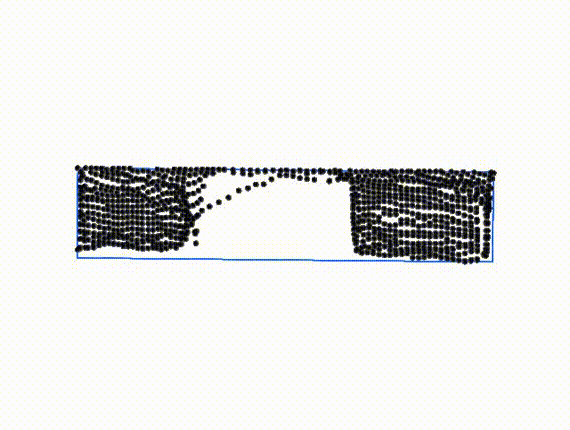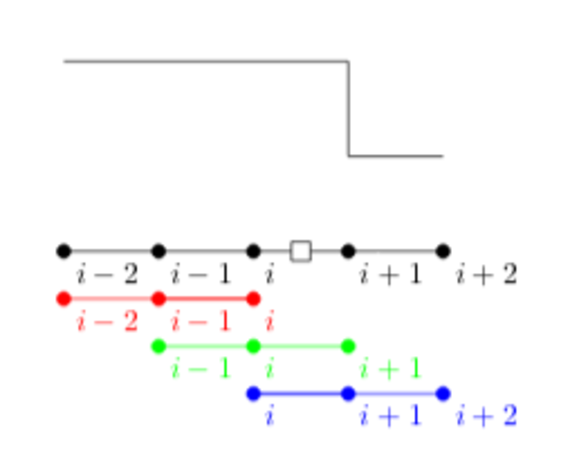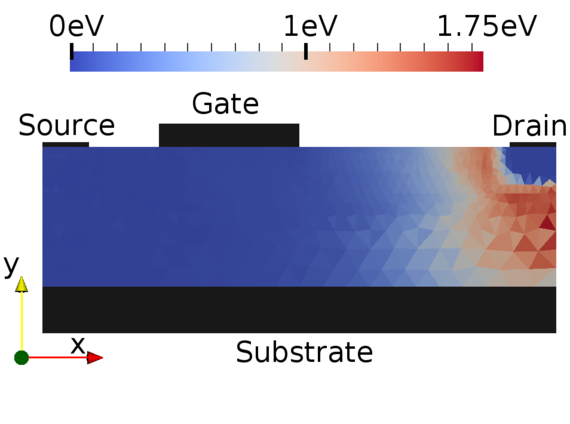 |
|
Biography
Felipe was born in 1987 in Rio de Janeiro, Brazil. He received his Electronic and Computational Engineering degree from the Federal University of Rio de Janeiro in 2015. Subsequently, he studied Microelectronics at COPPE, where he wrote his Master's thesis at the Laboratório de Projeto de Circuitos, receiving his MSc. Degree in Electrical Engineering in 2018. After finishing his studies he joined the Institute for Microelectronics in January 2019, where he is currently working on his doctoral degree. Felipe is researching parallel numerical approaches for solving the Boltzmann Equation.
Parallel Solvers for the Boltzmann Equation
In the quest for the miniaturization of semiconductor devices, macroscopic physical models lose their validity. For example, the established drift-diffusion and hydrodynamic models are invalid if the scale of these devices is an order of magnitude smaller than the Debye length. Instead of using such macroscopic models derived from the Boltzmann Transport Equation (BTE) for semiconductor devices, the full BTE itself needs to be solved.
Solving the BTE poses some difficulties inherent to this type of equation. First of all, the BTE is a nonlinear partial differential equation in seven dimensions, thus requiring sophisticated solution methods. One method is based on Monte Carlo Methods (MCM), where the flight of an electron inside the device, including its collision with other carriers, is traced (cf. Fig. 1). Another family of methods for solving the BTE are finite-difference schemes for hyperbolic systems, known as Weighted Essentially Non-Oscillatory Schemes (WENO), which are represented in Fig. 2. WENO schemes compute the density of electrons inside the device and resolve discontinuities of the collision operator. Another method is based on Spherical Harmonic Expansions (SHE) of the BTE using a decomposition of the collision operator on the basis of spherical harmonics, which is used in Fig. 3.
All these methods take a lot of computational effort to compute a suitable solution. Which approach to use depends on the advantages and disadvantages that are most suited to the scenario. If the stochastic noise and the slower convergence that is intrinsic to MCM will not compromise the results, using this method has the advantage of embarrassing parallelization and high accuracy. Otherwise, the WENO scheme can lead to feasible deterministic simulations, but they are considered to be limited to at most two-dimensional device geometries. Last but not least, the SHE method is an affordable deterministic solver that is suitable for three-dimensional device geometries and provides a reduction in the execution time and memory requirements.
These methods can benefit from parallelization strategies, such as domain decomposition and multigrid. The first strategy, domain decomposition, separates the sets of particles (MCM) or the structured (WENO) or unstructured (SHE) grid into parts and computes each piece on different nodes of the supercomputer. The second strategy, multigrid, uses several levels of detail concurrently to resolve all the features of the solution on different scales, thus accelerating the overall solution procedure. The Poisson equation of the BTE system can be solved quickly for these approaches. The main focus of our investigation will be developing these strategies for the SHE approach and comparing them to MCM and WENO.

Fig. 1: Flow of carriers generated by a Monte Carlo simulator.

Fig. 2: Representation of the WENO scheme.

Fig. 3: The average carrier energy in an LDMOS structure computed by a SHE simulation.



